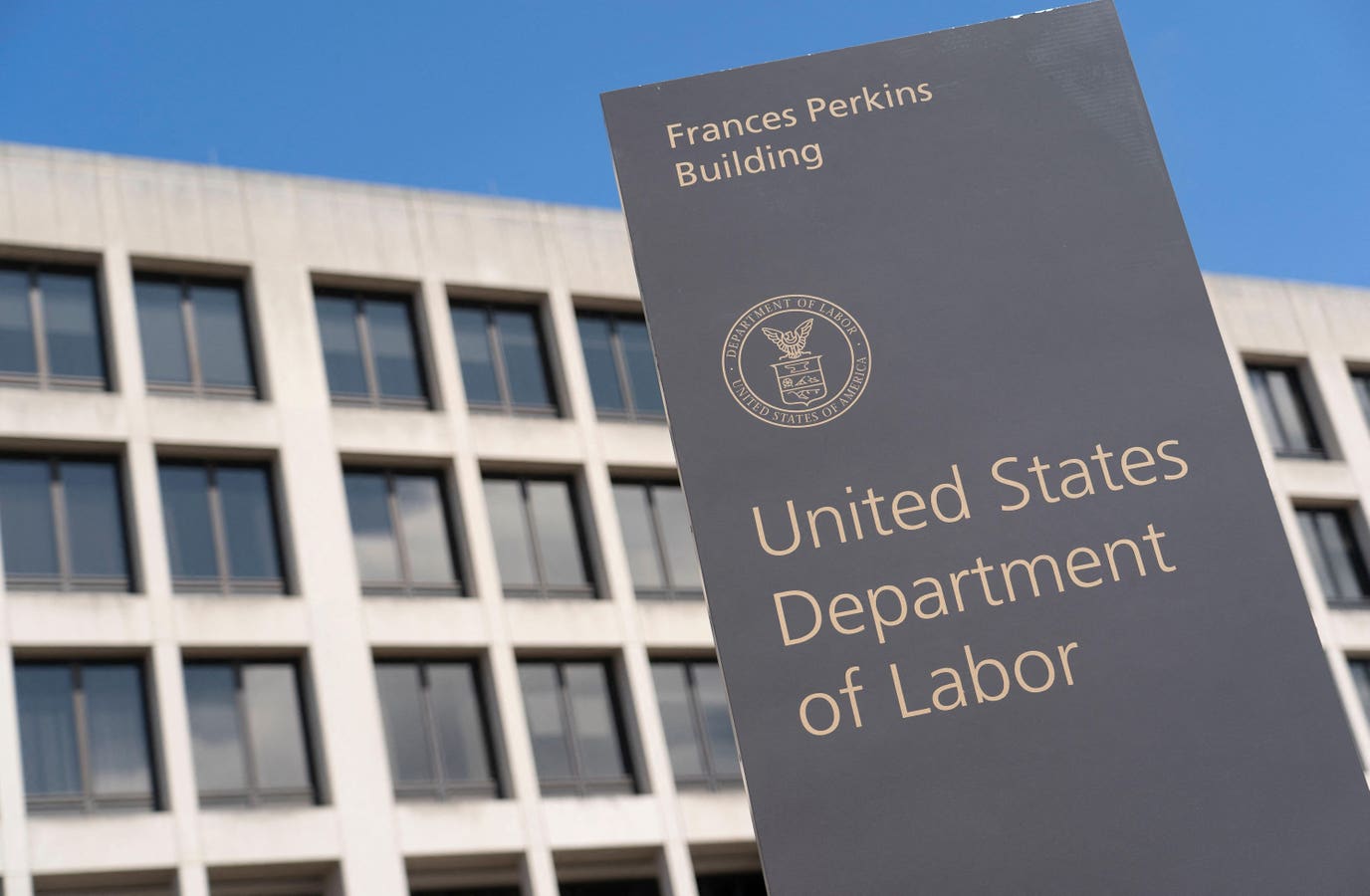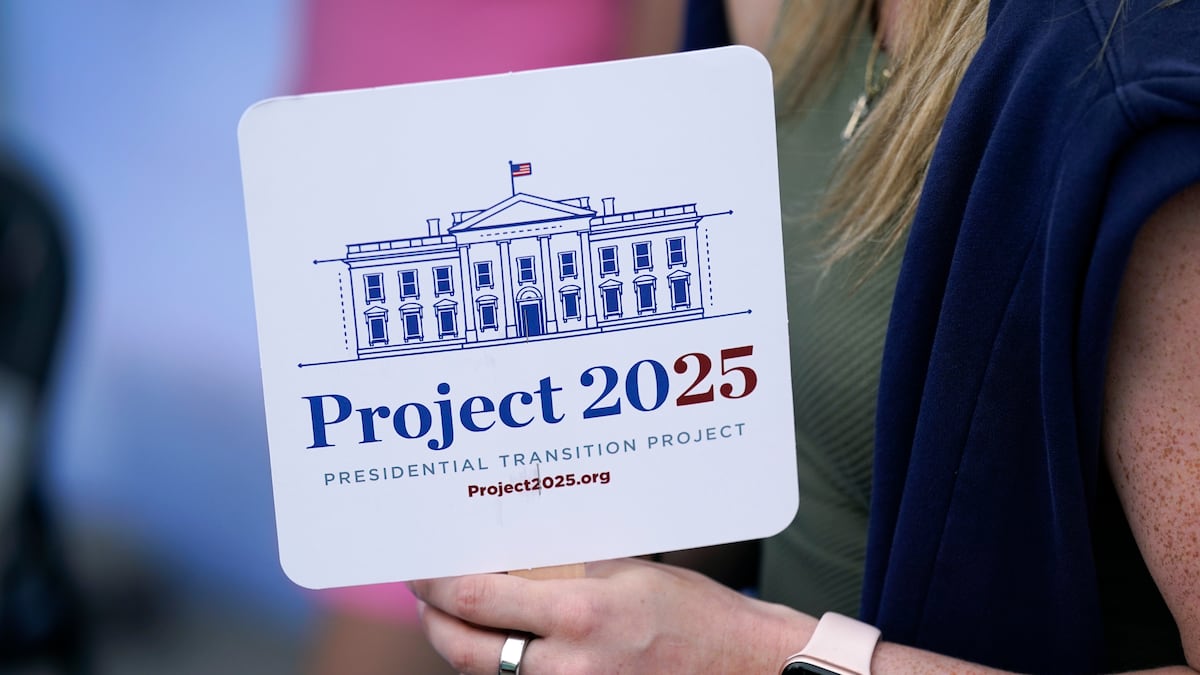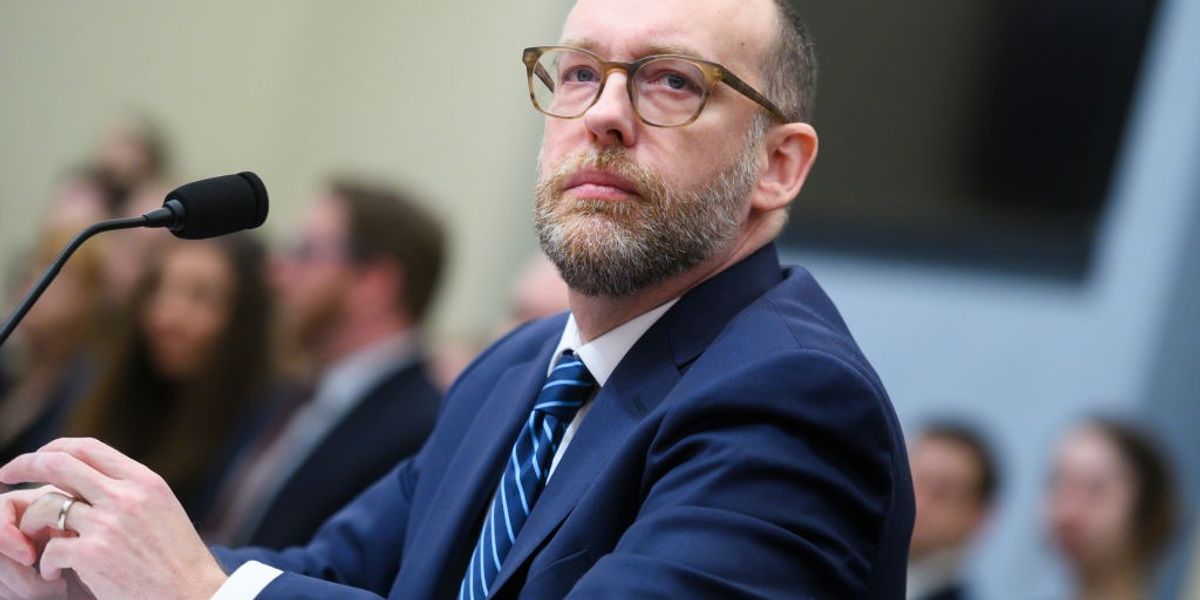Originally at https://www.forbes.com
As international focus on climate change increased in the wake of the Paris Agreement, there was a simultaneous increase in pressure on businesses to be more accountable for their climate and environmental policies. This translated into a rise in ESG reports and sustainability reports created by companies to attempt to showcase their green initiatives.
Around 2020, the production of these reports became standard practice by both publicly traded and privately held companies. However, there was no standardization of content. Companies could include what they wanted, from environmental policies to LGBTQ+ initiatives. This lack of standardization was problematic, especially as ESG was becoming a factor in financial reporting and investment strategy.
Regulators scrambled to create sustainability reporting standards. In March 2022, the U.S. Securities and Exchange Commission proposed the development of climate-related reporting standards. The final rule, adopted on March 6, 2024, required large publicly traded companies to disclose climate action, GHG emissions, and the financial impacts of severe weather events. The rule was initially set to go into effect in 2026, however implementation has been delayed due to legal challenges.
Simultaneously, fund managers were uncertain how to consider ESG factors in investment strategies. In the Employee Retirement Income Security Act of 1974, Congress delegated the authority to regulate what factors fund managers can consider to the DOL.
In 2020, under President Trump, the DOL issued an ERISA rule that said investments should be made based on “pecuniary factors” only. Under President Biden, in 2022 the DOL issued a new rule saying that investments can consider ESG as a tiebreaker. The 2022 rule also allows for the consideration of ESG factors, if, and only if, they are going to make the investment more profitable.
The DOL ERISA rule, and the broader ESG movement, has drawn the ire of conservatives. The Republican controlled Congress used their authority under ERISA to override the 2022 rule, but Biden vetoed the override, and the rule is in effect. It is therefore not surprising that it was addressed in Project 2025.
The 2025 Presidential Transition Project is organized by the Heritage Foundation, a conservative think-tank founded in 1973. When there is a change of presidential administration, the incoming president will establish a transition team to organize policy, review existing personnel, and fill vacant positions. It prepares the administration to being work on the day the president is sworn in. Project 2025 is attempting to preemptively influence that transition. To do that, Project 2025 is offering a policy agenda in the form of a book, personnel, training, and a 180-day playbook. Project 2025 is not officially associated with the Trump Campaign and Trump has denied knowledge of its existence, although it is highly likely that the policy proposals will align with a second Trump presidency.
The Project 2025 book, “Mandate for Leadership: The Conservative Promise”, uses a format familiar to academic publications. The book carries a theme, but each chapter is authored by subject matter experts.
The chapter on the DOL was authored by Jonathan Berry, an attorney and the former acting assistant secretary of policy at the Department. He was also a law clerk for Supreme Court Justice Samuel Alito. He is now the managing partner at Boyden Gray PLLC.
Berry’s extensive chapter includes detailed recommendations relating to the DOL, the Equal Employment Opportunity Commission, the National Labor Relations Board, the National Mediation Board, the Federal Mediation and Conciliation Service, and the Pension Benefit Guaranty Corporation. His approach is best summarized when he stated “the agencies’ authorities have been abused by the Left to favor human resources bureaucracies, climate-change activists, and union bosses—all against the interest of American workers.”
Berry takes a direct shot at the rise of diversity, equity, and inclusion policies as well as critical race theory trainings However, a significant portion of the chapter was also aimed at ESG and the DOL ERISA Rule. He states (in full):
“Remove ESG considerations from ERISA. Environmental, Social, Governance (ESG) investing is a relatively recent strategy promoted by large asset managers that focuses not only on a company’s bottom line, but also on the company’s compliance with liberal political views on climate change, racial quotas, abortion, and other issues. The ESG movement has focused especially on reducing greenhouse gas emissions. For example, ESG proponents advocate for divestment from oil and gas companies or the exercise of investor influence to reduce oil and gas production. These proposals align with the policies of the Trump presidency, especially relating to ESG. It is highly likely that a second Trump term will follow a similar path.
“ESG considerations unrelated to investor risks and returns necessarily sacrifice trust law’s traditional sole focus on investment returns for collateral interests. And while individual investors may prefer to invest in ‘green’ companies, ‘woke’ companies, or companies with greater board diversity, and may even be willing to sacrifice some financial gains to do so, the question relevant to DOL is whether, and under what conditions, fiduciaries should be permitted to follow this path as well.
“While Americans are free to invest their own savings however they wish, in ERISA, Congress imposed strict duties on employer-sponsored worker retirement plans as a prophylactic protection of workers’ retirement security in general. Recognizing the unique status of employer-managed retirement savings, in ERISA, Congress required that fiduciaries exclusively seek the best interests of plan beneficiaries. Because ESG investing necessarily puts other considerations before the interests of the beneficiary, ESG investing by plan managers is an inappropriate strategy under ERISA.
“DOL should prohibit investing in ERISA plans on the basis of any factors that are unrelated to investor risks and returns.
“DOL should return to the Trump Administration’s approach of permitting only the consideration of pecuniary factors in ERISA. However, this approach should not preclude the consideration of legitimate non-ESG factors, such as corporate governance, supply chain investment in America, or family-supporting jobs…
“Alternative View. Some conservatives believe that ERISA plan investments should be made solely on a pecuniary basis and the consideration of any non-pecuniary factor, ESG or otherwise, should be prohibited. Additionally, other conservatives believe that even though ESG investing is often not a sound financial strategy, it is not wrong for retirement plans to offer ESG investment options so long as individuals explicitly acknowledge and choose to pursue investment options that do not exclusively maximize pecuniary gains.”
These proposals align with the policies of the Trump presidency, especially relating to ESG. It is highly likely that a second Trump term will follow a similar path.
Read the Original Story




